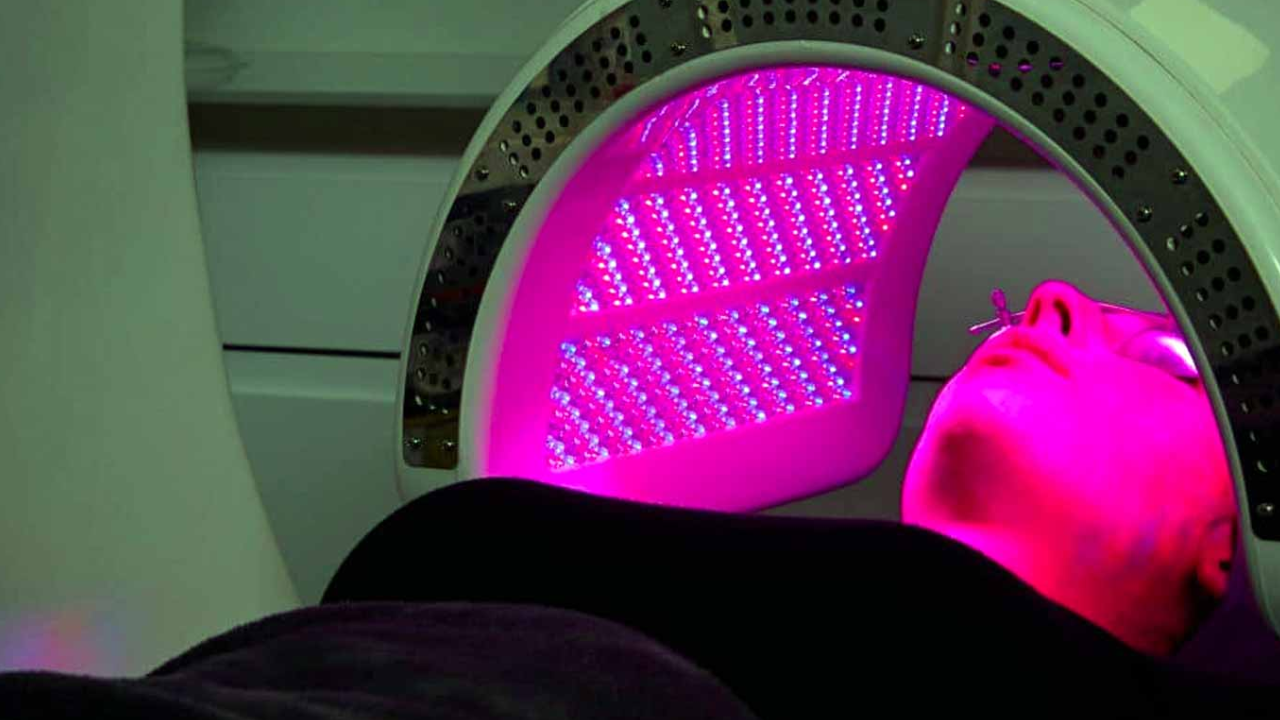Red light laser systems have developed as vital instruments in a variety of disciplines, including medicinal treatments, industrial uses, and scientific studies. To maximize their effectiveness and potential, a thorough maintenance plan is required. As precision instruments, red light lasers necessitate meticulous cleanliness, calibration, and frequent inspections.
Contaminants can damage optical components over time, reducing performance and potentially jeopardizing outcomes. Furthermore, click to visit domer website got further information. Regular calibration and alignment tests are required to assure accuracy, particularly in medical and scientific contexts where precision is critical. Furthermore, keeping software and firmware up to date is critical for improving performance and mitigating any vulnerabilities.
What Not To Do After Red Light Therapy?
To avoid potential sensitivity following red light therapy, avoid excessive sun exposure for at least 24 hours. Avoid using strong skincare products shortly thereafter, since the skin may be more sensitive. Furthermore, it is best not to engage in strenuous physical activities that may generate excessive sweating and to avoid using tanning beds. Always follow the therapist's or device manufacturer's particular post-treatment care requirements.
Maintenance Requirements for Red Light Laser Devices
Red light laser systems are increasingly used for a variety of purposes, including medical treatments and industrial activities. Establishing a comprehensive maintenance program is critical to ensuring these devices' durability, efficiency, and safety. In this post, we'll look at the important maintenance requirements for red light laser systems, including cleanliness, calibration, and routine inspections.
Cleaning Procedures
Regular cleaning is an important aspect of maintaining red light laser equipment. Dust, grime, and other pollutants can build up on the optical components, reducing the device's performance. To thoroughly clean the item, use a lint-free, soft cloth and the manufacturer's recommended mild cleaning solution. To avoid damaging sensitive optics or coatings, strictly adhere to the directions provided.
Additionally, the laser emission ports must be kept clean to avoid any obstructions in the beam path. Regular maintenance and cleaning are recommended to ensure optimal light transmission and avoid any safety issues. Adequate cleaning improves performance while also extending the device's lifespan.
Calibration and Alignment
Accurate calibration and alignment are critical for red light laser equipment to produce precise and dependable results. Vibrations, temperature fluctuations, and unintentional hits can cause misalignment over time, reducing the device's accuracy. Regular calibration tests are required to keep the equipment functioning properly.
Calibration operations should be completed according to the manufacturer's instructions, using calibrated tools and reference standards. Regular calibration ensures that the laser output remains within the required parameters, preventing measurement or treatment mistakes. Alignment tests are also essential, especially for devices used for medical or scientific purposes.
Software and Firmware Updates
Updating the device's software and firmware is a key part of maintenance. Manufacturers issue updates regularly to fix faults, improve performance, and introduce new features. Regularly checking for and applying these updates guarantees that the device is running with the most recent advancements, lowering the likelihood of software problems.
Before beginning any upgrades, follow the manufacturer's guidelines and suggestions. Some changes may necessitate additional safeguards or downtime, and failing to follow proper procedures can have unintended repercussions. Updating software and firmware not only improves performance but also fixes any security issues.
Routine Inspections and Documentation
Regular inspections are a proactive method of identifying potential concerns before they worsen. Inspections should include a comprehensive examination of all components to look for evidence of wear, loose connections, and anomalies. Documenting these inspections helps to generate a full maintenance history, which aids in troubleshooting and identifying trends of wear or failure.
Routine inspections should include the entire equipment, such as power supplies, cooling systems, and safety interlocks. Any variations from the intended performance should be rectified immediately to avoid further damage or potential safety risks. Keeping complete records of maintenance activities improves traceability and aids in anticipating when individual components may need replacement.
Summary
Maintenance of red light laser systems is critical for guaranteeing peak performance and user safety. Regular cleaning methods, calibration checks, software upgrades, and routine inspections can help operators extend the life of their devices and reduce the chance of problems. Adhering to manufacturer standards and maintaining accurate documentation creates a solid maintenance routine that ensures the dependability and performance of red light laser systems in a variety of applications.


